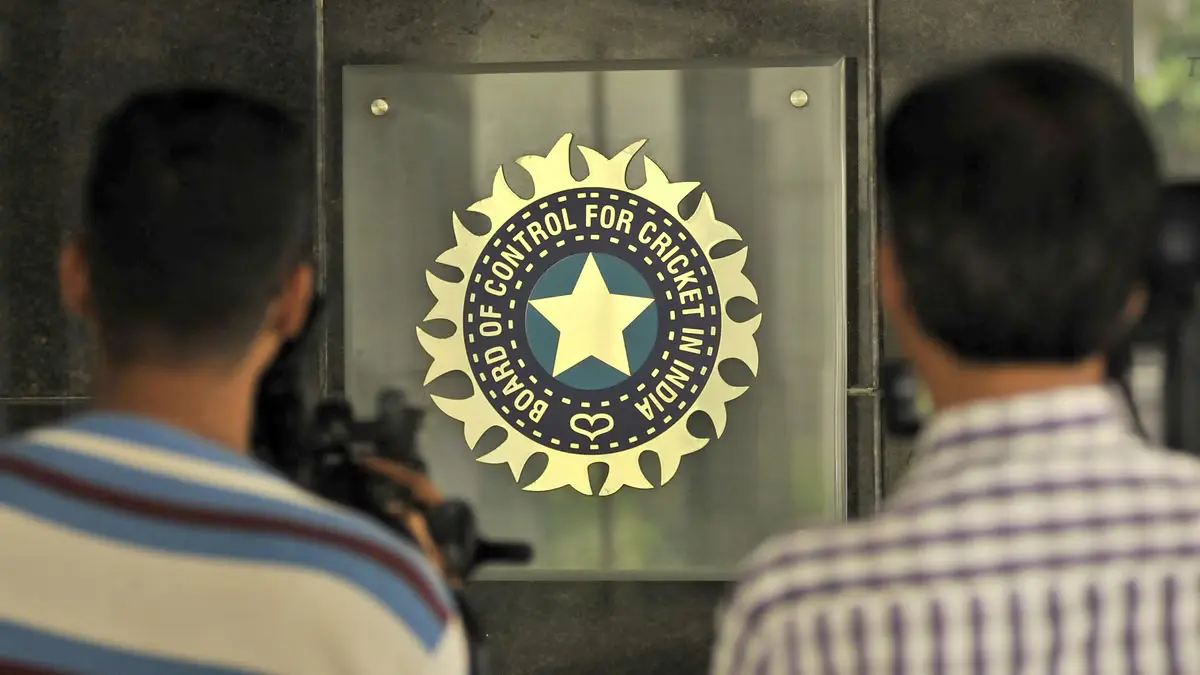Cricket, a quintessential sport characterized by its strategic intricacies, is punctuated by various breaks that serve distinct purposes.
These intermittent pauses in the game structure allow players to recuperate, strategize, and evaluate their performance.
By examining the definition and purpose of breaks in cricket, as well as analyzing their impact on the flow of the game and potential strategies employed during these intervals, this article aims to shed light on this integral aspect of cricket that influences both individual player dynamics and overall match outcomes.
- Breaks in cricket refer to pauses or interruptions in the game, such as lunch break, tea break, drinks break, rain break, and injury break.
- Breaks allow players to rest, recover, strategize, and make necessary adjustments.
- Captains can discuss strategies with the team and address any issues or concerns during breaks.
- Breaks also provide an opportunity for spectators to refresh, engage in conversations, grab refreshments, or explore the stadium.
The Definition and Purpose of a Break in Cricket
The break in cricket is defined as a designated pause in play that serves the purpose of allowing players to rest, strategize, and regroup before continuing the game.
Breaks play a crucial role in maintaining player stamina during a cricket match. Cricket is a physically demanding sport that requires high levels of endurance, strength, and concentration.
By providing intermittent breaks, players are given the opportunity to recover physically and mentally, helping them maintain their stamina throughout the match.
In addition to physical recovery, breaks also have a psychological impact on player performance. These pauses allow players to mentally reset and refocus, which can be particularly important during high-pressure situations.
The strategic aspect of cricket makes it essential for teams to analyze their performance during these breaks and make necessary adjustments or formulate new strategies accordingly.
Transitioning into the subsequent section about types of breaks in a cricket match, understanding the importance of breaks in maintaining player stamina and their psychological impact on performance lays the foundation for exploring how different types of breaks influence gameplay.
Types of Breaks in a Cricket Match
Breaks in a cricket match serve important purposes and are structured into specific intervals. Three key types of breaks in a cricket match are the drinks break, lunch break, and tea break.
The drinks break is a short interval taken to provide players with hydration and refreshment. The lunch break allows for a longer period of rest and sustenance.
Lastly, the tea break provides another opportunity for players to rejuvenate before continuing with the game.
Drinks Break
During cricket matches, players are allowed a designated interval known as the drinks break to rehydrate and refresh themselves.
This hydration break serves as an opportunity for players to replenish fluids lost through sweat and maintain optimal performance levels.
The drinks break typically lasts for around 4-5 minutes, providing enough time for players to drink water or sports beverages.
Here are some key aspects of the drinks break:
- Hydration:
- Players consume fluids to prevent dehydration, which can lead to fatigue and decreased performance.
- Sports drinks may be preferred due to their electrolyte content that aids in replenishing minerals lost during intense physical activity.
- Player Rest:
- Besides hydrating, the drinks break also allows players a brief moment of rest from physically demanding play.
- It provides an opportunity for quick tactical discussions between teammates and coaches.
Transitioning into the subsequent section about ‘lunch and tea breaks,’ these longer intervals offer players more extensive opportunities for rest, sustenance, and strategic planning.
Lunch and Tea Breaks
Lunch and tea intervals in cricket matches provide players with extended periods for physical recovery, nourishment, and strategic planning.
These breaks are crucial for the overall performance of the players as they allow them to replenish their energy levels and refocus their strategies.
Proper nutrition during these breaks plays a vital role in maximizing performance on the field. Players need to consume food and drinks that provide essential nutrients like carbohydrates, proteins, and electrolytes to replenish their energy stores and maintain hydration.
Additionally, weather conditions can also impact the breaks in cricket matches. Extreme heat or rain can cause delays or even cancel lunch or tea intervals, affecting player recovery time and strategic planning opportunities.
| Importance of Nutrition During Breaks | Impact of Weather Conditions on Breaks |
|---|---|
| Provides essential nutrients for energy | Delays or cancellations due to extreme heat |
| Restores glycogen stores | Reduced recovery time |
| Maintains hydration levels | Limited strategic planning opportunities |
These breaks significantly affect the flow of the game by allowing teams to reassess their tactics, analyze opponents’ strengths and weaknesses, make necessary changes in batting order or bowling strategy.
It provides an opportunity for teams to regroup mentally and physically before continuing with the game.
How Breaks Affect the Flow of the Game
Interruptions caused by breaks in cricket can disrupt the rhythm and momentum of the game, potentially affecting the overall flow and dynamics on the field. These breaks can have several effects on player performance:
- Loss of focus: Players may struggle to maintain their concentration after a break, especially if it is a long one like lunch or tea. This loss of focus can lead to mistakes in batting, bowling, or fielding.
- Physical impact: Breaks provide an opportunity for players to rest and recover physically. However, this can also result in stiffness or muscle fatigue when they return to play, impacting their performance.
- Psychological impact: The psychological impact of breaks on players’ mindset is significant. They may experience anxiety or nervousness during a break, which can affect their confidence upon returning to play.
- Changing conditions: Depending on the duration of a break, the environmental conditions on the field can change significantly. For example, weather conditions might alter during lunch or tea breaks. This change in conditions can influence how players adapt and perform.
- Tactical adjustments: During breaks, teams often discuss strategies and tactics to counteract their opponents’ strengths. These discussions allow teams to analyze their performance so far and make necessary adjustments for better gameplay.
Understanding these effects is crucial for coaches and players alike as they develop strategies and tactics during breaks in order to maintain consistency in performance throughout the game without any disruption caused by interruptions.
Strategies and Tactics During Breaks
Teams utilize the time between innings to analyze their performance, strategize, and make necessary adjustments for improved gameplay.
During breaks in cricket matches, teams engage in crucial discussions and planning sessions that can significantly impact the outcome of the game.
These breaks provide an opportunity for teams to assess their current performance, identify strengths and weaknesses, and devise strategies to exploit the opposition’s vulnerabilities.
One key strategy utilized during breaks is team discussions. This involves players and coaching staff coming together to share insights, exchange ideas, and collectively brainstorm tactics to gain a competitive advantage.
These discussions often involve analyzing the opposition’s gameplay patterns, identifying potential threats or opportunities, and devising counter-strategies accordingly.
By pooling their knowledge and experiences during these debates, teams can develop comprehensive plans that address various aspects of the game.
Strategies during breaks also include reviewing individual performances. Players may discuss their own performances with coaches or senior teammates to seek feedback on areas requiring improvement or refinement.
These one-on-one conversations serve as valuable learning opportunities for players as they receive personalized guidance tailored to their specific needs.
From Break to Boundary: Concluding Thoughts on Cricket
In conclusion, breaks in cricket play a crucial role in the overall dynamics and strategy of the game. They provide opportunities for teams to regroup, reassess their tactics, and plan their next moves.
These breaks act as symbolic milestones that signify shifts in momentum and serve as moments of reflection for players and spectators alike.
By understanding the significance of breaks in cricket, one can gain a deeper appreciation for the sport’s complexity and the strategic mindsets involved.
Frequently Asked Questions: Break
How long are the breaks in a cricket match?
Breaks in a cricket match can vary in duration, with scheduled intervals for lunch and tea, as well as shorter drinks breaks. These strategic pauses allow players to rest and regroup, while also providing opportunities for audience engagement through analysis and discussions about the game.
Are there any specific rules regarding the timing and duration of breaks in cricket?
Timing rules and duration restrictions are important aspects of breaks in cricket. The game follows specific guidelines regarding when breaks can occur and how long they should last, ensuring fairness and maintaining the flow of the match.
Can teams use breaks strategically to change the momentum of the game?
Teams can strategically use breaks in cricket to gain a strategic advantage and create a psychological impact on their opponents. By taking timely breaks, teams can disrupt the momentum of the game and regroup to devise new strategies for gameplay.
Are there any restrictions on what players can do during breaks in cricket?
During breaks in cricket, players have socializing opportunities and can engage in various activities such as hydrating, stretching, or discussing strategies with coaches. Coaches play a crucial role during breaks by providing guidance and analyzing the game's progress.
How do breaks in cricket matches affect the players' physical and mental performance?
Fatigue management during breaks in cricket matches is crucial for players to cope with physical and mental exhaustion. Implementing psychological strategies such as maintaining focus and motivation can enhance players' performance during these breaks.











